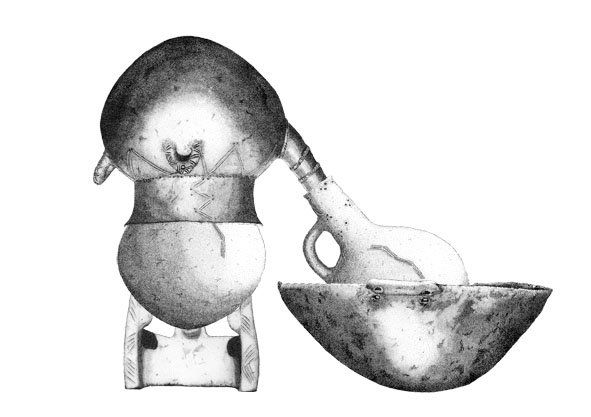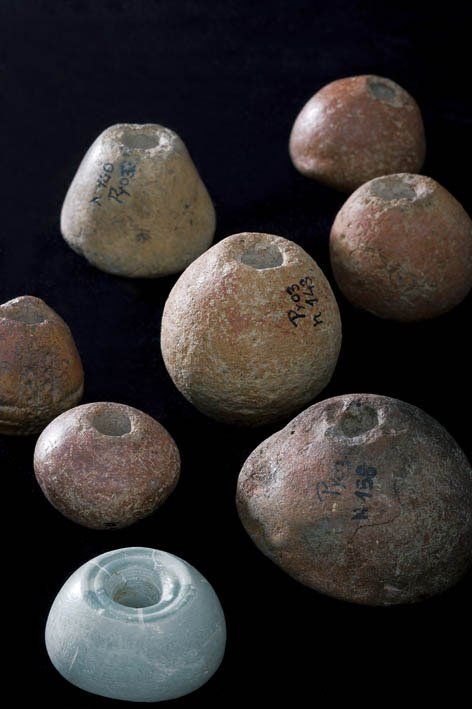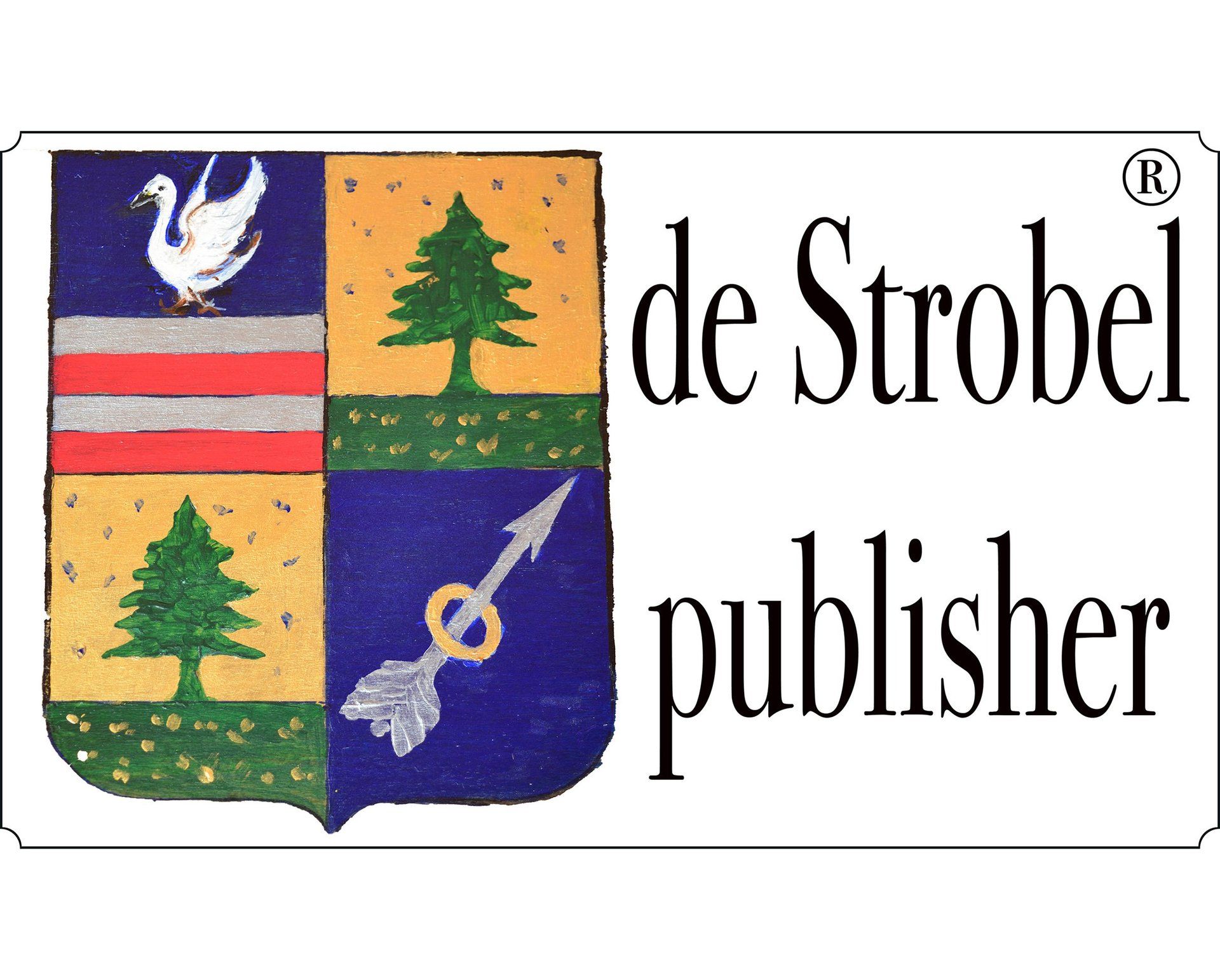PYRGOS/MAVRORAKI TEXTILE PRODUCTION IN 2000 BC CYPRUS.
Ancient Cyprus is known as the source of precious textiles, mentioned in several passages of the Bible, and exported until the Renaissance from Venice merchants. According to the raiment of the clay figurines, in Early-Middle Bronze age, the clothes and mantles had different geometric patterns. This suggests that an important step in the evolution of the textile technology had already been reached with the interweaving of different fibres to obtain more designs and special effects.
However, no fabric of the Bronze Age has come down to us. In 2004, the finding of a small room to produce textiles in the industrial area of the Early-Middle Bronze age settlement of Pyrgos (Limassol) yielded some evidences which could confirm the fame and date back to the beginning of 2000 BC the production of quality clothes.
The remains of a loom with its weights, 20 spindle whorls, bronze needles and implements to dye are the items that testify the activities performed in the place. The room was full of vases, probably used to contain balls of yarns and colours.
Electron microscopy analyses made of the earth, found in the vases and in the holes of the spindle whorls, revealed the presence of animal and vegetable fibres. Wool, cotton, hibiscus, and wild silk are the most, some were dyed with blue Indigo, red Purple, green and black.
More lumps of colour have been found scattered on the floor, suggesting that the two rudimentary basins built against the eastern wall were used to dye the fibres. Chemical analyses of the red-pink substance found in a small bowl revealed the presence of "Bromo", confirming the possibility that the wool fibres coloured in "purple" tonality have been dyed with that precious pigment.
Regarding the weaving, the position and dimension of the heavy stone weights placed on the sides and the distribution on the ground of the earth weights suggest that the loom was vertical and located in a sort of niche built of calcarenite stones. Other finds made in the same industrial area demonstrate how important was the textile production.
A ground furnace with 70 loom weights, not completely fired, was brought to light in 2006, meanwhile tens of spindle whorls belonging both the Early and Middle Bronze age have been found everywhere, including the metallurgical placements. Their variation in weight and size suggests that they were used to spin fibres of different texture.
In 2012 in a workshop organized to produce cosmetics it was found a small laboratory to make comb pendants of picrolite very similar in shape to the comb clay models found in funeral outfits and to the combed decorative motives incised on the vases. Since spinning and weaving is deeply linked with the woman's world, it is possible that the comb picrolite pendants and clay models were a gender prestige, status-symbol and the art of making precious textiles was considered in 2000 BC Cyprus a sort of social primacy, centuries before becoming the exclusive art of the goddess Athena.
M.R.Belgiorno
A.Lentini, "The Ancient Colors of Pyrgos-Mavroraki (Cyprus)"
PDF PAPER
International Congress on Archaeological Sciences in the Eastern Mediterranean and the Near East (ICASEMNE), 29 April-1 May 2010
F.Gonzato, A.Lentini "Textiles Quality and Spindle Whorls Type: new data about spinning techniques in Cypriot Middle Bronze Age"
PDF PAPER
International Congress on Archaeological Sciences in the Eastern Mediterranean and the Near East (ICASEMNE), 29 April-1 May 2010


